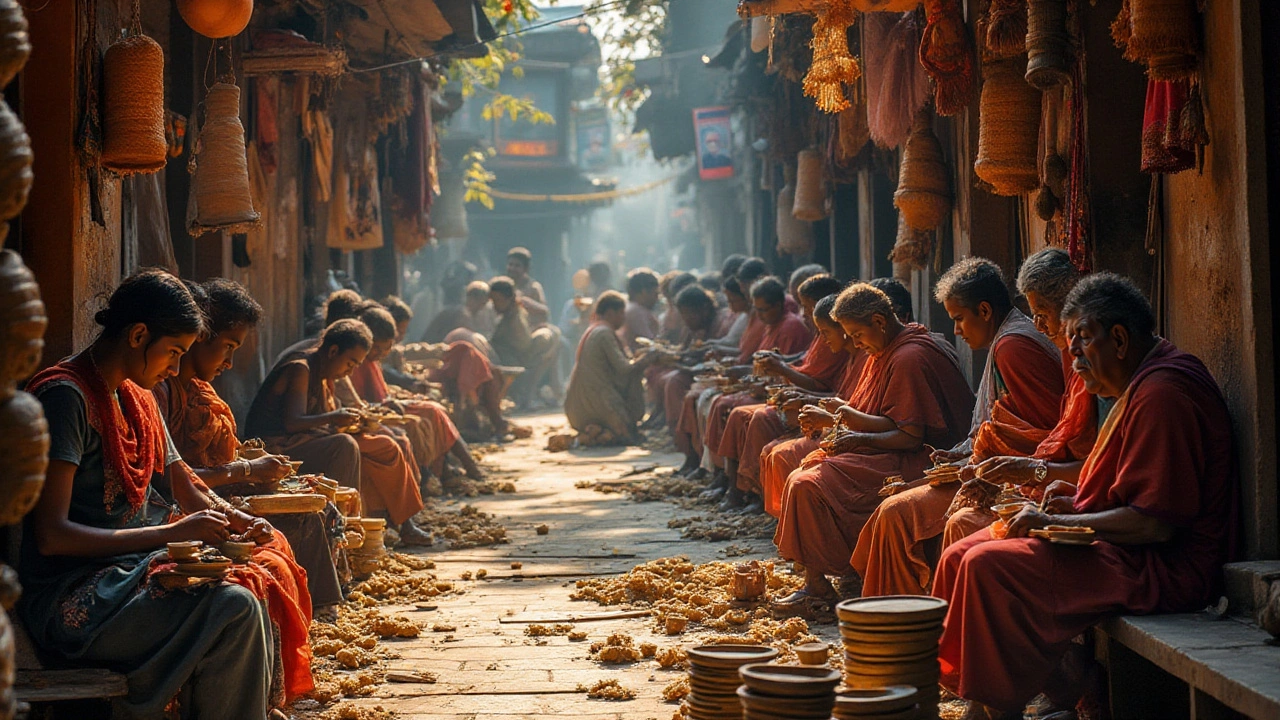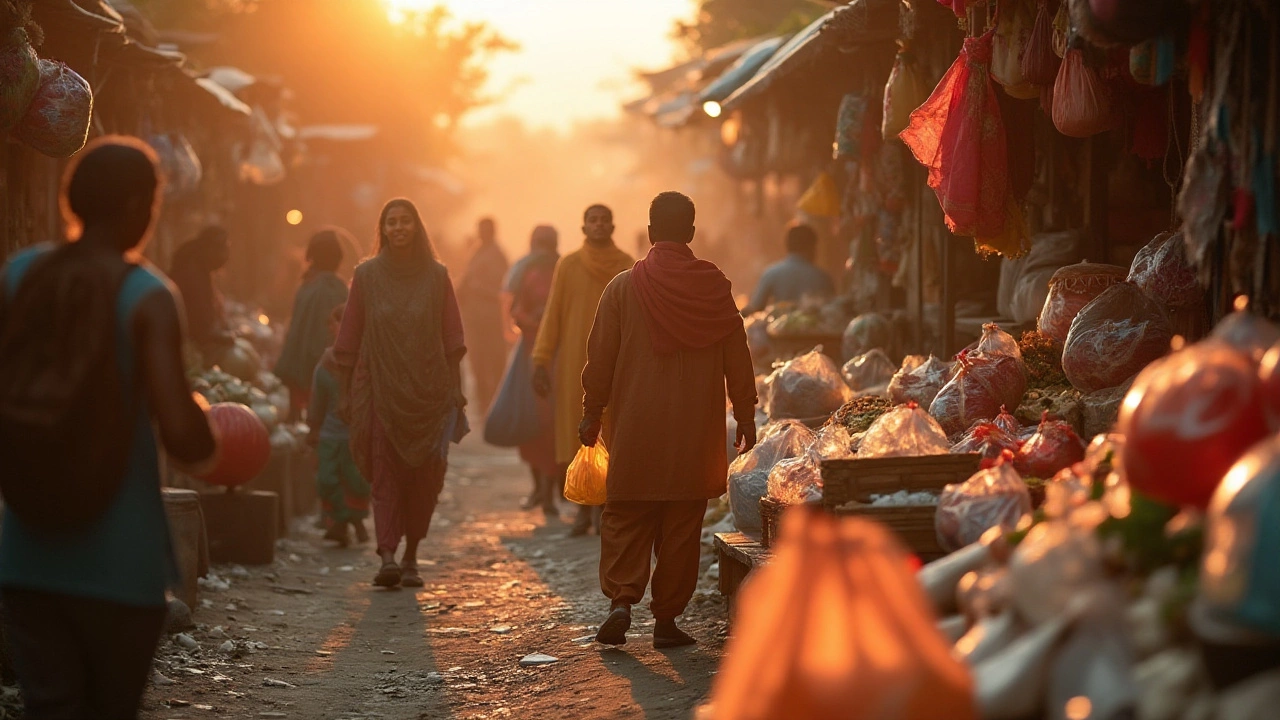November 2024 Archive – Indian Manufacturing Trends
When talking about Indian manufacturing trends, the evolving patterns of production, policy, and market dynamics across India. Also known as India’s industrial landscape, this topic connects the growth of the pharmaceutical industry, companies that develop and mass‑produce medicines for domestic and export markets with the rise of local manufacturing, small‑to‑mid‑size plants that serve regional economies and create jobs. A recent single‑use plastics ban, the nationwide prohibition on disposable plastic items to curb waste also reshapes supply chains, pushing firms toward greener alternatives. Together these forces illustrate how policy, innovation, and community needs intersect in today’s Indian factories.
Key forces shaping the sector
The pharmaceutical industry continues to dominate export tables, thanks to cost‑effective production and a strong R&D base. Companies such as Sun Pharma and Cipla leverage advanced bioprocessing, which not only boosts revenue but also raises standards for quality and safety. Their success feeds into local manufacturing initiatives, where state‑run schemes provide tax breaks and infrastructure upgrades, encouraging smaller players to adopt similar technologies. This cross‑pollination creates a ripple effect: more jobs, higher skill levels, and a tighter link between rural economies and global markets.
At the community level, the impact of local manufacturing goes beyond numbers. When a plant opens in a Tier‑2 city, you often see new schools, better roads, and a surge in small businesses that support the supply chain. Government schemes like the “Make in India” incentives target these outcomes, promising not just profit but also social uplift. Meanwhile, the single‑use plastics ban forces manufacturers to rethink packaging, shifting demand toward biodegradable materials and reusable containers. This push for environmental sustainability adds a new layer of complexity: factories must balance cost, compliance, and consumer expectations.
These three pillars—pharma growth, community‑focused factories, and sustainability mandates—interact in predictable ways. For instance, a pharma company expanding its production line will often partner with local vendors to source raw materials, thereby strengthening regional supply chains. The same company must also redesign its packaging to meet the plastics ban, which can stimulate local startups that produce eco‑friendly alternatives. In this loop, community development and environmental sustainability reinforce each other, creating a resilient ecosystem that can adapt to policy shifts and market pressures.
What you’ll find in the November collection below reflects this interconnected landscape. Articles break down the top Indian pharma players, analyze how local factories reshape neighborhoods, and dissect the far‑reaching effects of the plastic ban. Whether you’re a policy maker, a supply‑chain professional, or just curious about India’s industrial future, the posts give you concrete data, real‑world examples, and actionable insights. Dive in to see how these trends play out on the ground and what they mean for the next wave of manufacturing excellence.


